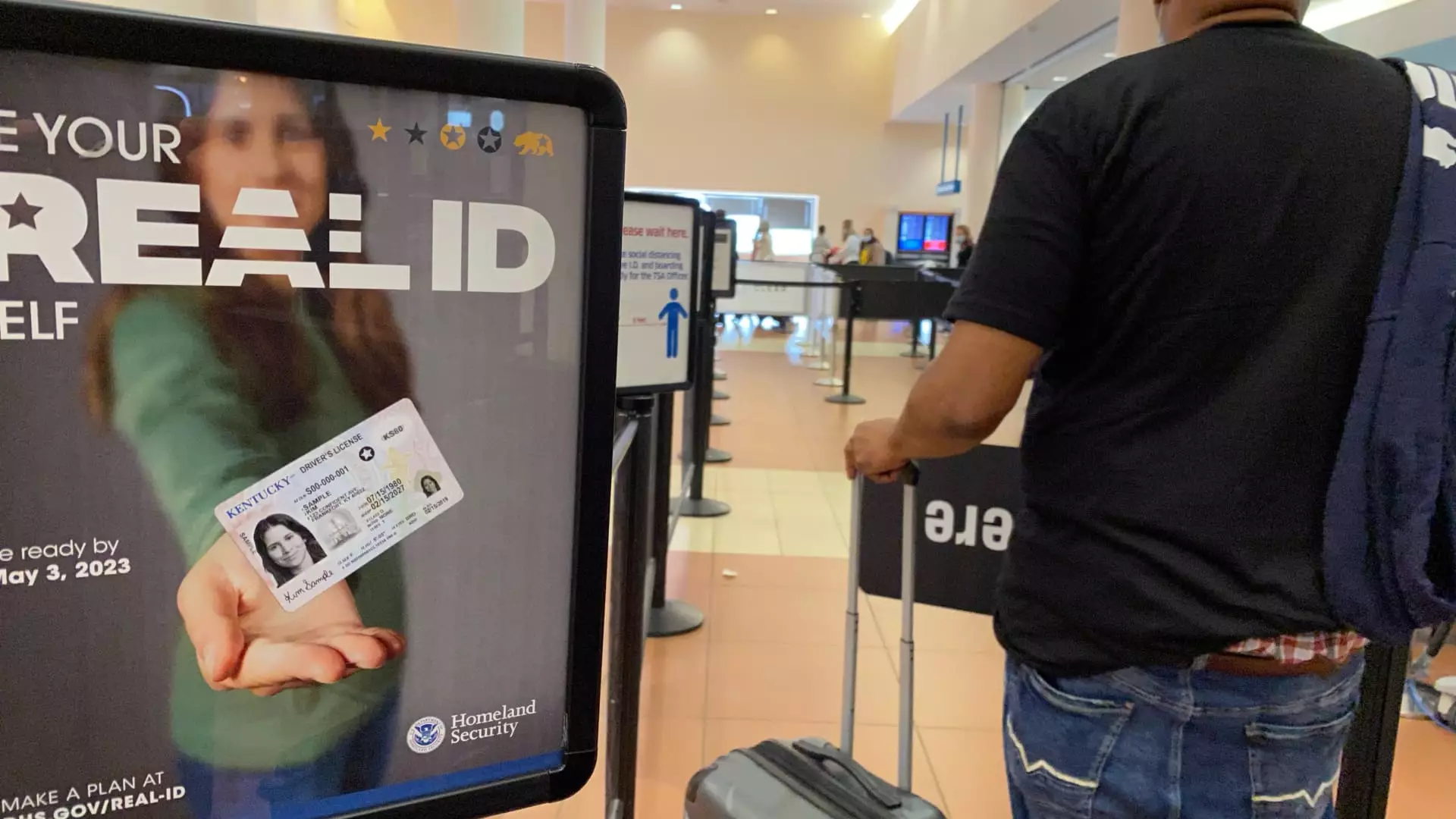In an era where the balance between security and personal freedom is increasingly being questioned, the implementation of the Real ID Act represents a pivotal shift in how American identities are verified, especially in light of the announced enforcement starting May 7. While the intention behind the initiative is ostensibly justified—enhancing security following September 11—it raises troubling questions about the sacrifice of personal liberties and the efficacy of such measures in truly safeguarding our lives.
The Overreach of Federal Regulations
At its core, the Real ID Act is an example of federal overreach, pushing the boundaries of governmental authority into our everyday lives. Originally intended to set standards for state-issued IDs, it has created an environment where citizens must comply with convoluted and varying guidelines just to enjoy travel within their own country. The Transportation Security Administration (TSA) asserts that 81% of travelers already possess Real ID-compliant identification, yet this number is misleading. It doesn’t account for the millions of citizens who use alternative means of identification or who may not even realize how the changes affect them. The government pushing for compliance while dismissing alternative IDs signifies a concerning pattern where citizens are compelled to upgrade their IDs under threat of inconvenience or even exclusion from air travel.
The Illusion of Security
Real ID compliance is touted as a tool for fighting terrorism and fraud, yet the system’s efficacy remains questionable. The argument for producing a “secure” form of identification ignores the fact that many threats can bypass such measures. Online identity theft and other forms of cybercrime are rampant and largely unaffected by the Real ID initiative. It’s painfully ironic that while we shackle ourselves with additional identification requirements, the real vulnerabilities often lie in the digital world, where such regulations hold little sway. By implementing Real ID, we’re led to believe that we’re taking action to prevent terrorism; however, this is primarily a theater of security rather than an effective deterrent.
The Burden on Citizens
The urgent call for travelers to secure their Real IDs by a fast-approaching deadline adds another layer of institutional pressure on citizens. With the TSA recommending a three-hour arrival time at airports for those without Real IDs, it becomes clear that this mandate disproportionately affects those who might already be struggling to navigate bureaucracy or simply can’t afford to alter their identification. The scarcity of appointments at local motor vehicle departments further exacerbates this issue, presenting a distinct challenge for many who may be employed full-time or lack transportation.
Public Awareness and Accountability
Despite years of public signage at airports and various forms of communication, many individuals remain unaware of the specifics surrounding Real ID requirements. The government’s failure to effectively educate the public is alarming. Flyers distributed at airports and vague reminders through airlines have clearly not been sufficient to make the necessary impact. It begs the question: why did it take so long for our leaders to roll out this program yet fail to provide clear and consistent updates to inform those affected?
Alternative Options and Exclusions
While there are alternatives available, such as U.S. passports or green cards, these options often aren’t practical for the average traveler. A trusted traveler ID may reduce the hassle for some, but that program isn’t available to everyone and creates an exclusionary environment. The notion that citizens will be stuffed into a one-size-fits-all model for identification throws convenient access out the window—implying that those without a Real ID are lesser citizens or inherently suspicious.
The Path Toward a More Secure Future
As we march toward the May 7 deadline for Real ID enforcement, the exploration of personal freedom versus security must remain at the forefront of our societal dialogue. It is crucial to advocate for a balance where safety protocols do not come at the expense of civil liberties. As citizens, we must scrutinize—not just comply with—government mandates that condition our access to fundamental aspects of our lives, like travel. The Real ID Act isn’t just about identification; it’s a bellwether of the freedoms we may unwittingly surrender under the guise of safety.

